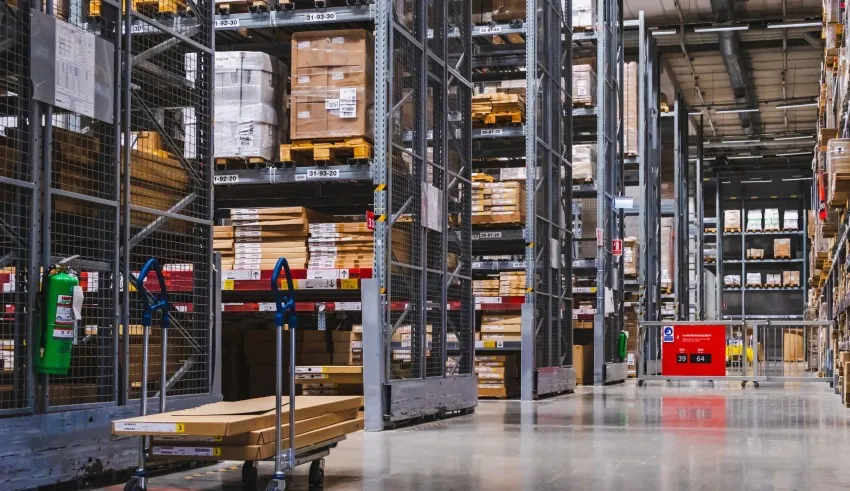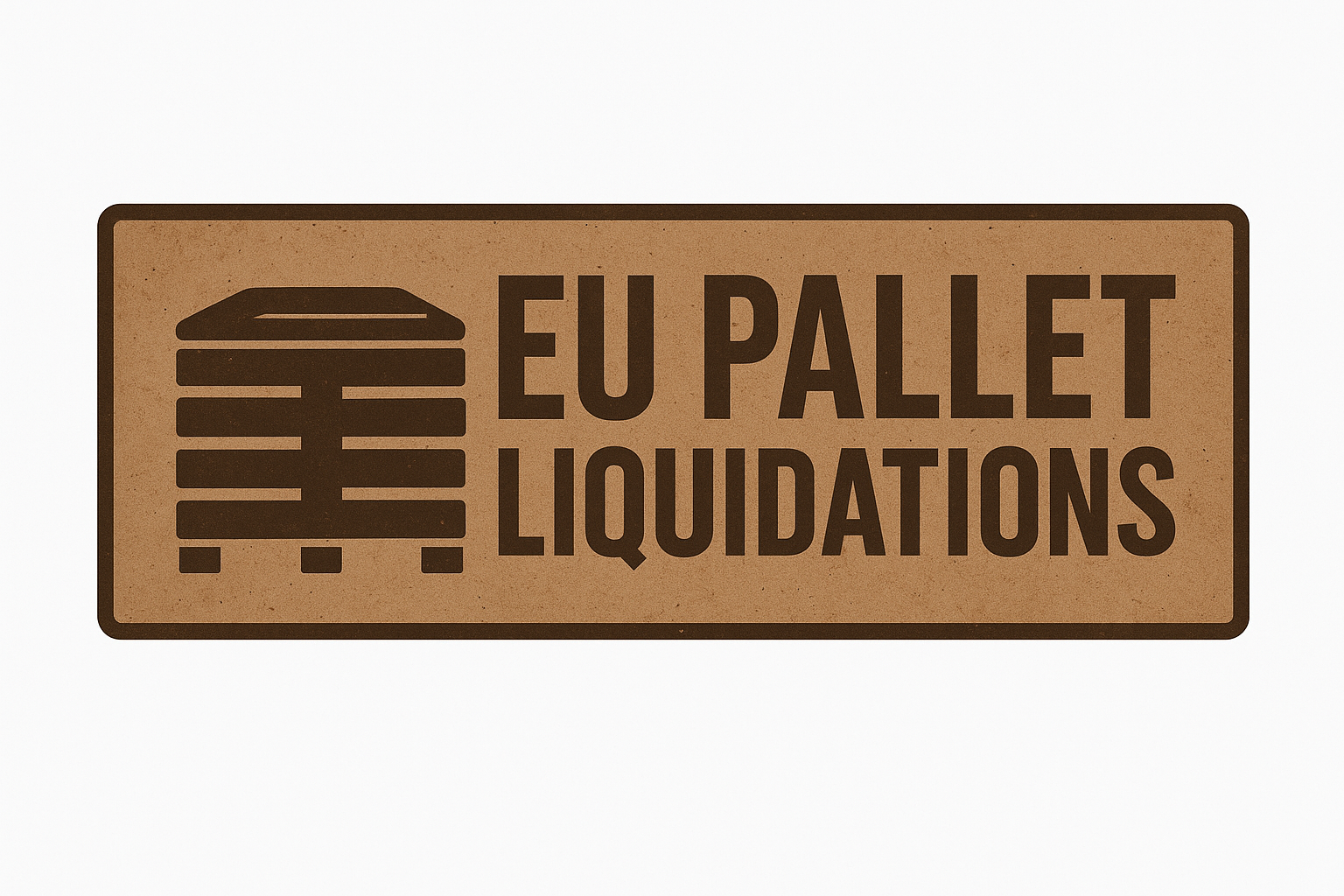The Difference Between Pallet Liquidation and Overstock

Understanding the Key Differences Between Pallet Liquidation and Overstock: A Comprehensive Guide
Are you a retailer, reseller, or entrepreneur looking to purchase inventory at discounted prices? Navigating the world of surplus goods can be confusing, especially when terms like pallet liquidation and overstock are used interchangeably. However, understanding the fundamental differences between these two sources of discounted inventory is crucial to making informed purchasing decisions and maximizing your profit potential.
In this detailed guide, we’ll explore what pallet liquidation and overstock really mean, how they differ in terms of inventory quality and sourcing, and the advantages and disadvantages of each. Whether you’re new to buying surplus goods or looking to refine your procurement strategy, this article will provide valuable insights to help you choose the right type of inventory for your business.
What is Pallet Liquidation?
Pallet liquidation refers to the process of selling large quantities of products—often in the form of pallets or truckloads—typically acquired from overstocks, closeouts, or returned merchandise. These pallets are sold by manufacturers, wholesalers, or liquidators who want to clear out excess inventory quickly. Liquidation sales can include a mix of different product categories, and the condition of items can vary from brand new to slightly damaged or used.
Key features of pallet liquidation:
- Mixed inventory: Pallets often contain a variety of items, making them ideal for resellers who want diverse stock.
- Bulk purchasing: Usually sold in large quantities, offering significant discounts per unit.
- Varied condition: Items may be new, refurbished, or returned, so inspecting the pallets is essential.
- Cost-effective: Great for entrepreneurs looking to stock up at a fraction of retail prices.
What is Overstock?
Overstock refers to excess inventory that retailers or manufacturers produce but do not sell within a certain period. Overstock items are often brand new, unused, and in pristine condition. These products typically result from overproduction, canceled orders, or seasonal inventory that didn’t sell as expected.
Key features of overstock:
- Brand new condition: Overstock items are usually unopened and unused.
- Single product focus: Overstocks often consist of specific items or product lines rather than mixed pallets.
- Sold through different channels: Overstock can be sold directly by manufacturers, through liquidation companies, or via online marketplaces.
- Targeted deals: Often available for purchase in smaller quantities compared to pallets.
Major Differences Between Pallet Liquidation and Overstock
Understanding the key differences can help you decide which option aligns best with your business goals.
| Aspect | Pallet Liquidation | Overstock |
|---|---|---|
| Inventory Composition | Mixed products, often in pallets or truckloads | Typically single product or product line, brand new |
| Product Condition | Varies: new, returned, damaged, refurbished | Usually brand new, unused, unopened |
| Pricing | Lower per unit due to bulk sales | Slightly higher, but still discounted |
| Source | Manufacturers, wholesalers, liquidators | Manufacturers, retailers, or suppliers with excess stock |
| Risk Level | Slightly higher due to mixed quality and condition | Lower risk; products are generally new and in original packaging |
| Ideal For | Resellers, entrepreneurs seeking variety | Retailers or consumers seeking specific products |
Which is Better for Your Business?
Choosing between pallet liquidation and overstock depends on your specific needs and business model. If you’re looking to diversify your inventory quickly and at a lower cost, pallet liquidation offers excellent opportunities. However, it requires careful inspection and handling of mixed-condition items.
On the other hand, if you want reliable, brand-new products to sell directly to consumers or customers, overstock inventory might be the better choice. Overstock purchases tend to have less risk and are easier to list and sell, especially for online retailers.
Final Thoughts
Both pallet liquidation and overstock inventory present valuable opportunities for businesses looking to save money and increase profit margins. Understanding their differences—such as product condition, sourcing, and pricing—can help you make smarter purchasing decisions.
If you’re interested in exploring pallet liquidation or overstock items, always work with reputable suppliers who provide transparent information about the condition and origin of their inventory. With the right approach, you can turn surplus inventory into a profitable venture and grow your business effectively.
